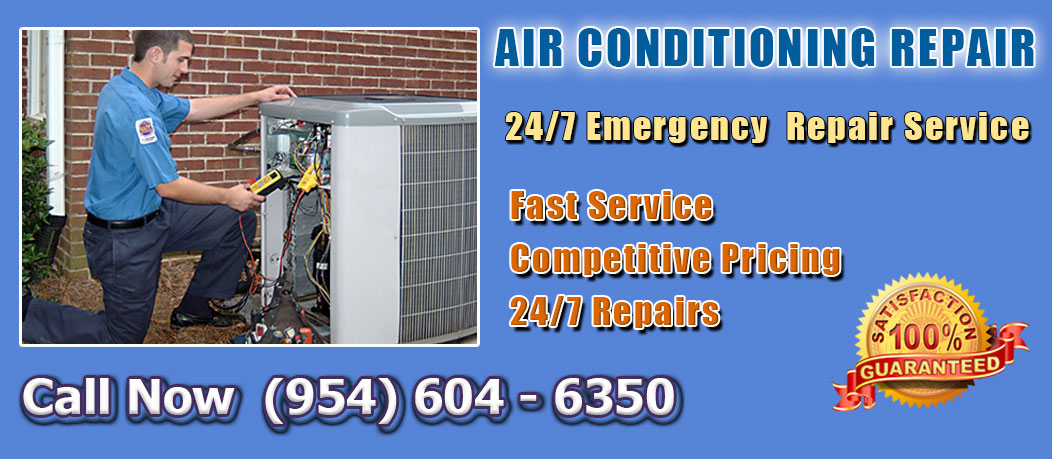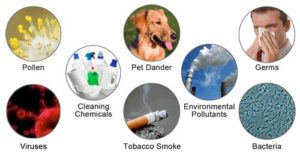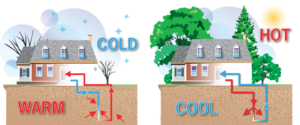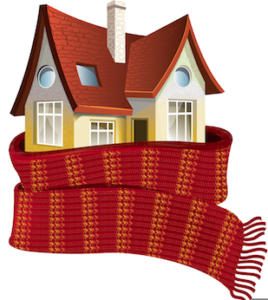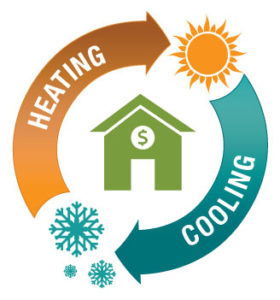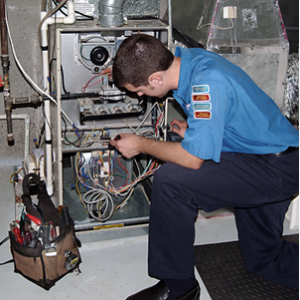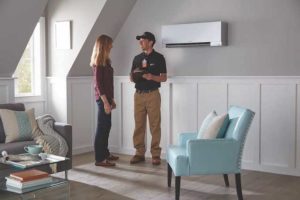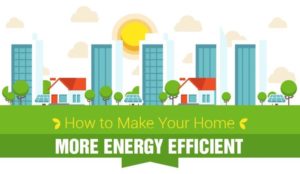 Your HVAC system is truly the unsung hero in your home. It delivers the comfort you and your family need especially during the extreme weather conditions. Despite this, few of us give our HVAC units a second thought until something goes out of place.
Your HVAC system is truly the unsung hero in your home. It delivers the comfort you and your family need especially during the extreme weather conditions. Despite this, few of us give our HVAC units a second thought until something goes out of place.
It is very important to regularly schedule your HVAC system for maintenance and tune-ups. This is crucial as it lengthens the life of your system and delays costly replacements. HVAC maintenance is not just a financial matter, but also a health and safety concern.
Postponing or Detecting Imminent Failure
Regular maintenance is recommended because it uncovers minor issues which have the potential of developing into major ones. Most total unit failures are usually caused by ignored or undetected issues earlier in the life of the system. Before you find yourself in the sweltering heat or freezing cold without relief, ensure you have your system checked.
Resale Value
When prospective real estate buyers come to inspect your home, one of the things they look at is the quality and functionality of your HVAC system. If your system is neglected, they don’t even think twice because no one wants to shoulder the burden of doing an HVAC replacement when all they want is a new home to settle in.
Energy Efficiency
If you are keen enough to follow through the numbers, you may notice your energy bill either going up or down. Compared to the household average, homes that have neglected HVAC systems tend to have higher energy bills. To be sure that you are not burning more fuel than is necessary, you should have your units inspected and maintained.
The Role of Smart Systems in HVAC Maintenance
Intelligent HVAC equipment can make it easier for you to remember some to do items on your list. They can alert you when your air filters are clogged and in need of replacing. If someone tampers with your air intakes or registers, the smart solutions will notify you the earliest such tampering impacts on your air flow.
Imagine your HVAC sends a notification to your phone when a part of your system is about to fail and then proceeds to shut off the system to prevent additional damage. With such technology, a lot of our busy work is replaced and you don’t have to maintain a notebook showing the seasonal and annual maintenance schedules.
The advantage with smart technology is that it doesn’t require any babysitting. Instead of responding to emerging problems, this technology anticipates them. Therefore, having a smart HVAC system will ensure a good-conditioned climate at the place where you live, work, and play. This goes a long way in boosting your health and wellness.

